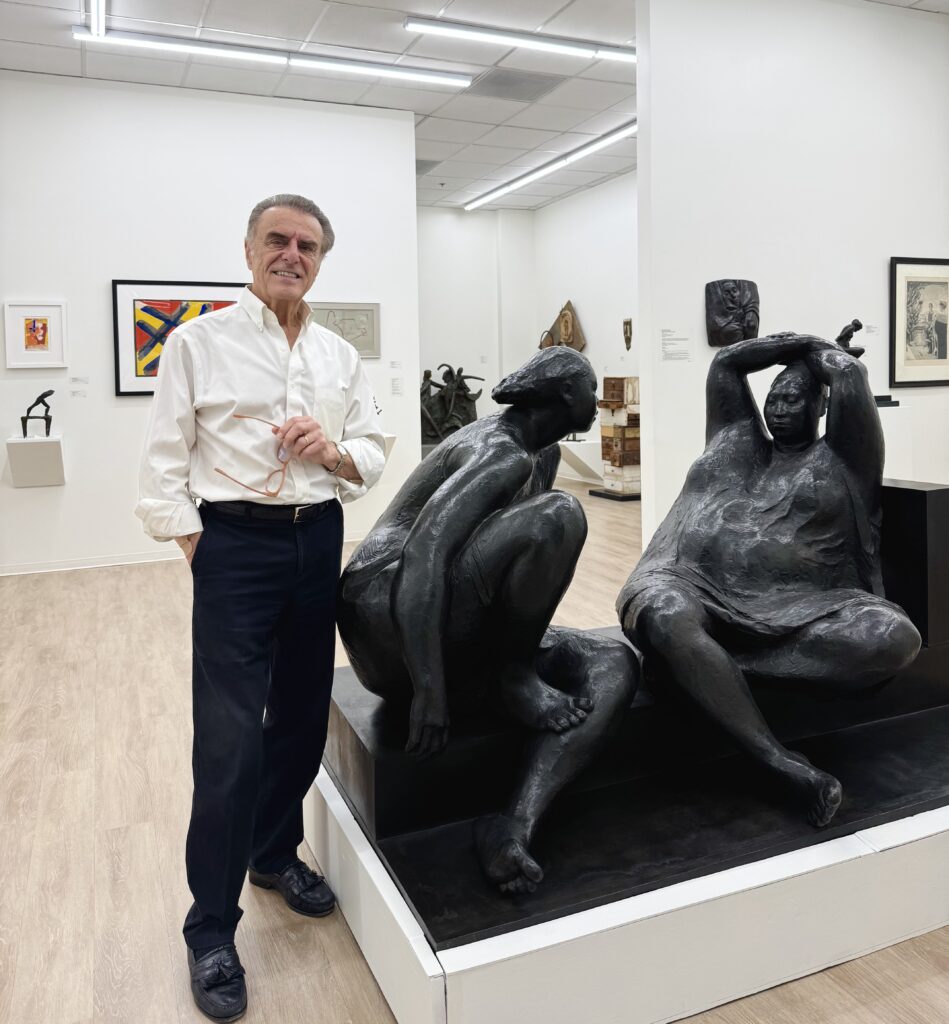When Jack Rutberg stepped back to view his current exhibition after installation, the art dealer experienced something he hadn’t anticipated in over five decades of working with art: surprise at his own life’s work.
“No one was more surprised to see the caliber of this work coming together the way it did than me,” Rutberg admits, standing amid “Sculptors: From Degas to Ruscha,” now extended through December 24 at his Pasadena gallery. The exhibition brings together more than 50 works by sculptors spanning 125 years—nearly all from his personal collection and gallery holdings accumulated over half a century.
Among the works is a Picasso ceramic Rutberg acquired in 1972, when he was just beginning his journey. “It wasn’t some expensive painting that I couldn’t even afford,” he reflects. “I’m a compulsive collector, or committed, I should say—committed more than compulsive.” What began as casual gallery visits and reading “a couple of books very casually, not academically,” eventually consumed him. “The hobby got out of control,” he says with evident satisfaction, “and I became an art dealer when I was courted by a very fine gallerist who saw a certain spark in me.”
That spark has sustained a fulfilling career evidenced in this unexpected revelation. In assembling the exhibition, he created what he describes as “a survey that was very moving on a personal level—this is my life.”
The exhibition’s power lies not just in individual masterworks but in their unexpected conversations. Francisco Zúñiga’s monumental Coloquio—a six-foot-wide bronze by “inarguably the 20th century’s most important sculptor of Mexico”—sits near a work by Henry Moore. The two sculptors met and held each other in high regard. Nearby hangs a drawing and sculpture by Aristide Maillol, long admired by Zúñiga, and whose aesthetic “altered Henry Moore’s entire approach.” Also in conversation are two sculptures by Paul Gauguin—a formidable early influence on Zuniga and Maillol.
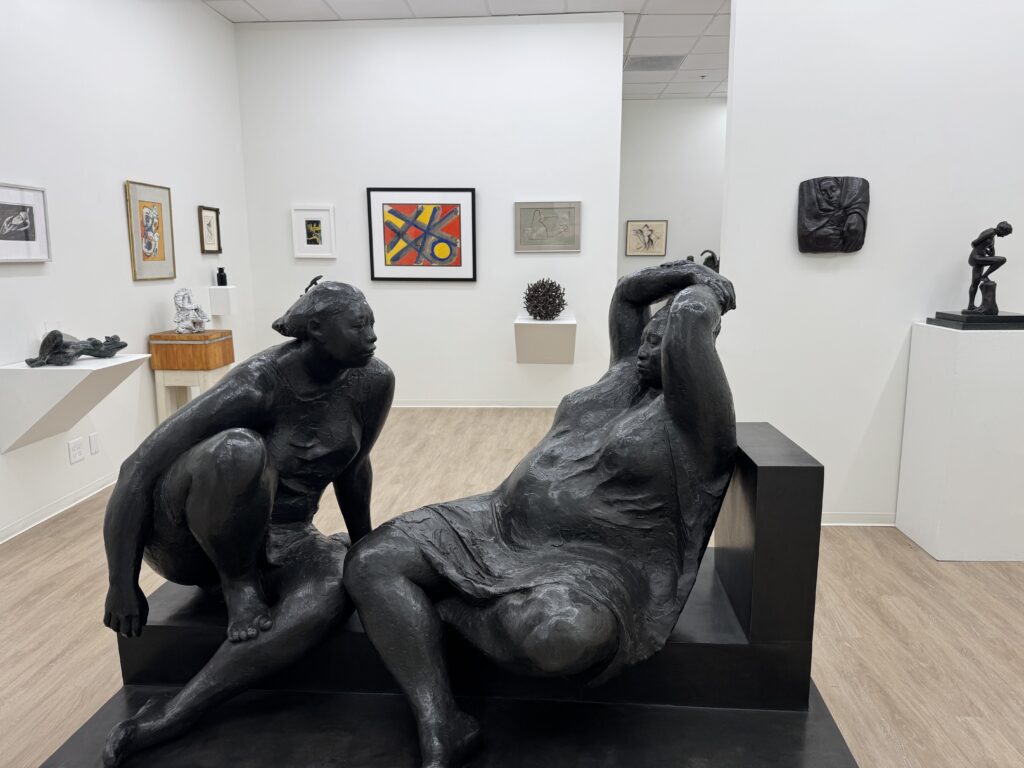
“We’re talking about artists that in some instances were born almost a hundred years apart.” Rutberg explains, “these artists admired the great past masters whose works impacted their own artistic development. The connections are real.” These dialogues extend throughout the exhibition, where Edgar Degas converses across the gallery with Käthe Kollwitz, whom Rutberg calls “one of the greatest woman artists of the 20th century,” and Pierre Bonnard’s six-inch bronze stands in poignant contrast to Zúñiga’s monumentality.
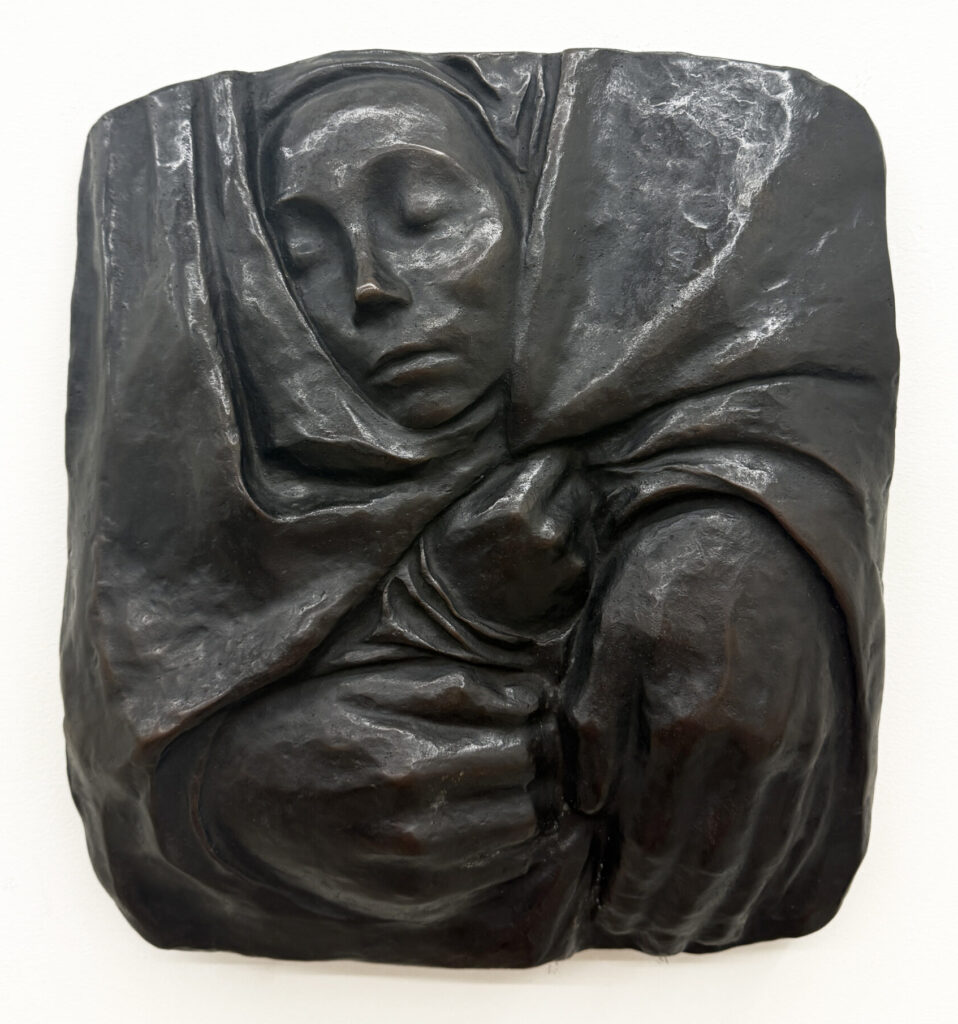
In the gallery’s intimate setting—”as one might consider an acquisition for a home, or as the artist might have experienced the work in its making”—visitors encounter Ed Ruscha’s wordplay reading “like a roadside billboard,” one of only two bronze sculptures the iconic Los Angeles artist ever created. It engages with the “quiet charge” of Hannelore Baron’s works, Louise Nevelson’s “elegant assemblage,” and the “poetic alchemy” of Catalan artist Jordi Alcaraz, whom Rutberg introduced to American audiences in 2010.
The public response has exceeded anything Rutberg has experienced in his long and illustrious career.
“We’ve had record crowds for this exhibition,” he reports, noting the unprecedented number of repeat visitors “always coming with someone in tow, their families, their friends.”
What moves him most are the lasting impressions. Over the years, strangers have contacted him decades after a gallery visit to express gratitude. “People underestimate the power of any engagement and its lasting possibility,” he observes.
This philosophy earned him unexpected honors: a lifetime achievement award from a UNESCO-associated institution and early recognition from the Women’s Caucus for Arts for championing women artists “without agenda, without consciousness.” “I’ve always chosen just to do what I do,” he says simply, “without agenda.”
In an unusual move, Rutberg has placed prices on every work’s label—transparency meant to counter intimidating headlines about eight-figure art sales. “The only time people read about art in the news is when something sensational happens and a work sells for 80 million, a hundred million dollars,” he notes. “This is not helpful to encourage people to become the collectors and saviors of an entire cultural legacy for future generations.”
The gesture reflects his deeper philosophy about stewardship. “The only reason I have some of these works is that people who preceded me cared for them so that a future generation could appreciate them,” he explains. “We can’t take these with us.” This perspective distinguishes his approach from “mega galleries, which are as powerful as some small nations.” At Jack Rutberg Fine Arts, “you don’t engage a salesforce, you don’t engage in attitude. Our joy is in the sharing.”
Rutberg sees his role differently than institutional repositories. “Museums are repositories, and too often are vaults,” he observes.
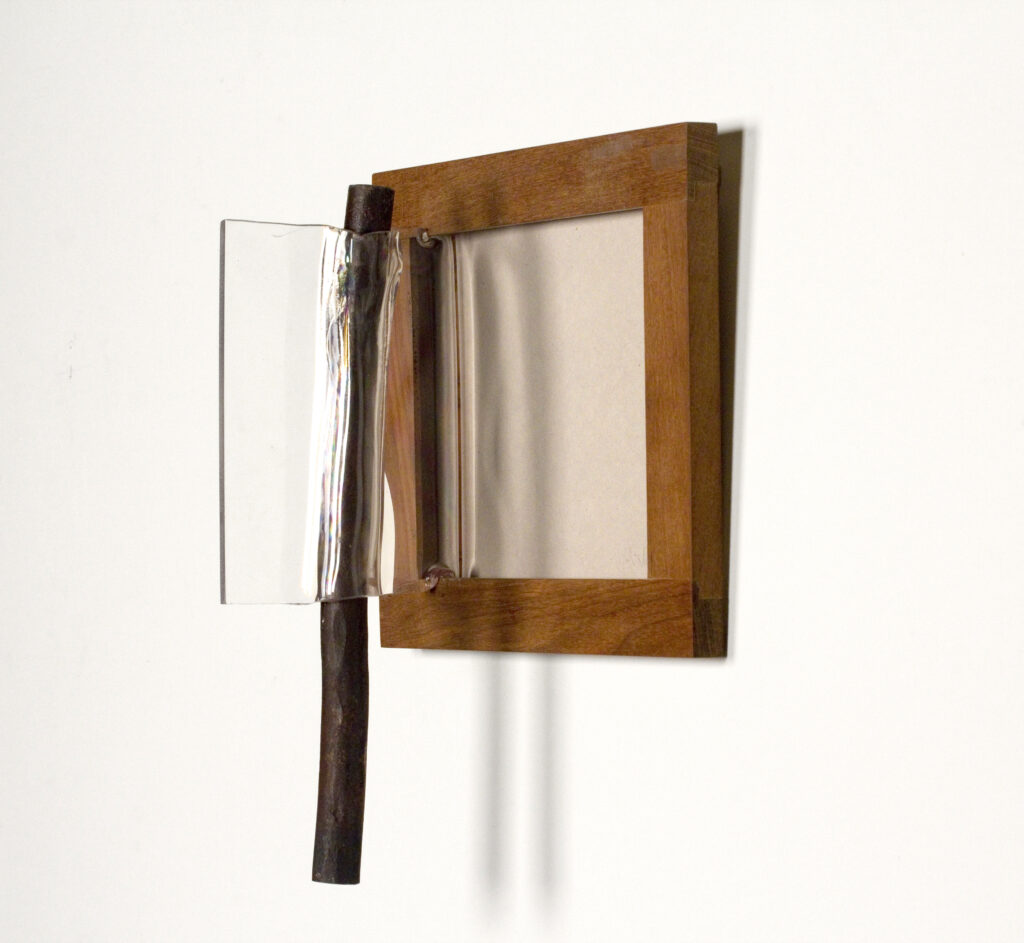
“These works need eyes on them. The joy is in the sharing.” It’s a mantra he’s embraced fully, even as he maintains “the same burdens as every sort of business.” But the commercial aspect has become secondary: “My hope is that we can find new homes for these works so that people will get the same joy and actually protect these works and save these works for other generations.”
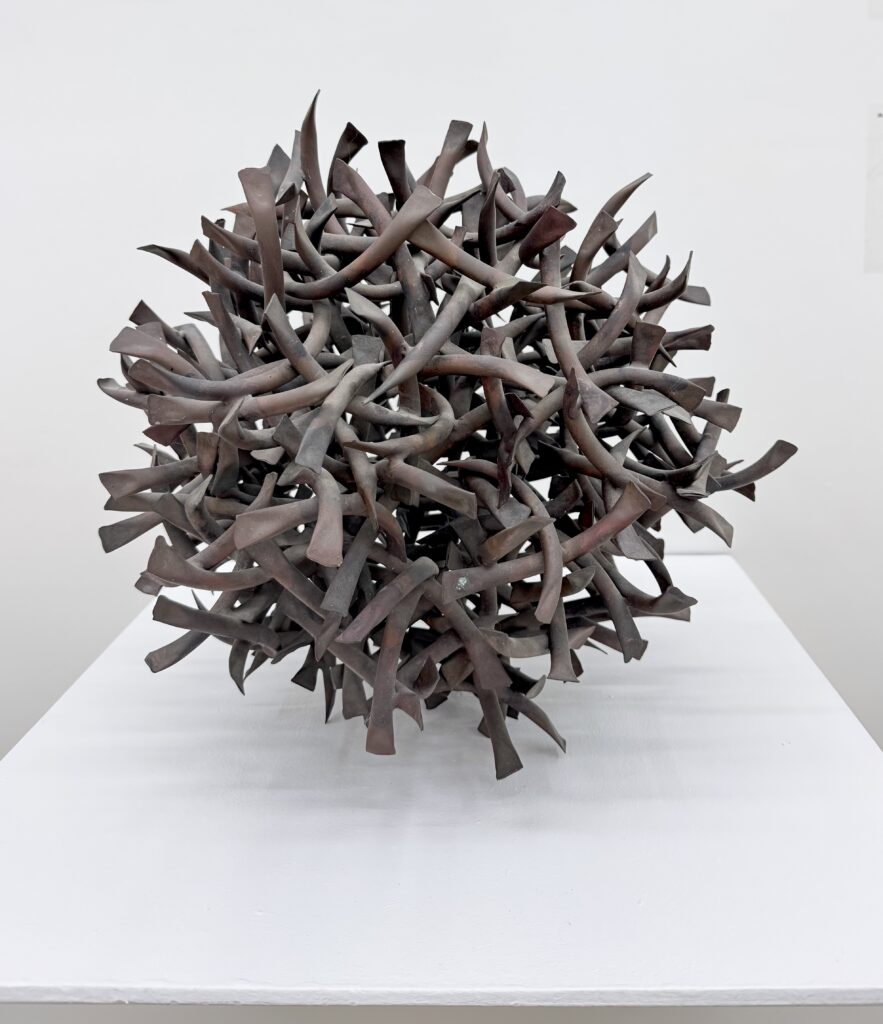
After five decades, Rutberg still maintains a beginner’s mindset. “I still think in terms of one day when I grow up,” he says with self-deprecating humor. “We don’t rest on our laurels. We continue to make them, good, bad, and indifferent.” Yet in this exhibition of works he’s lived with—some for more than 50 years—he’s inadvertently created something beyond a commercial display. “This wasn’t a kind of curated exhibition where I’m borrowing works,” he emphasizes. “This is truly a view of a life of collecting.”
In that view, visitors are discovering not just masterworks but something increasingly rare: a life genuinely devoted to what Rutberg calls “charged objects” that offer “something very real in pride of ownership and the joy of aesthetically being enriched.”
For those objects, and for the connections they forge across time, Rutberg has become not just a collector or dealer but a steward, ensuring that the dialogue continues.


